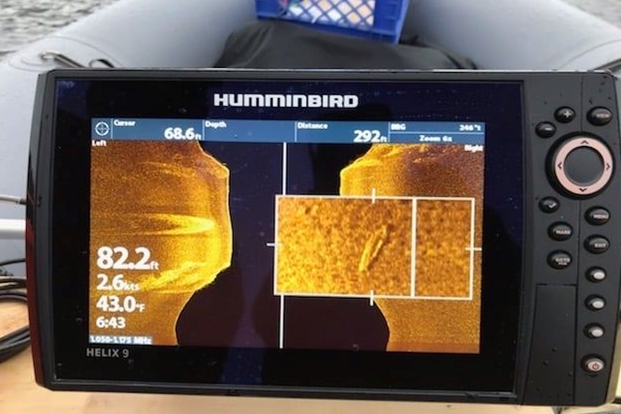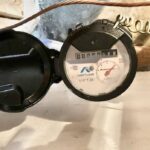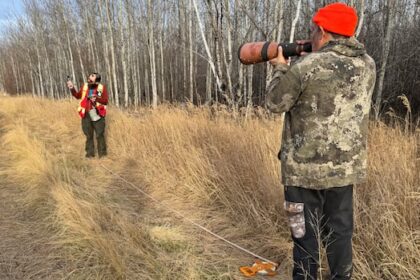Article content“With technology people have today, a lot more are able to self-rescue,” Goodwin said. “Most who are lost today are injured or need assistance of some form.” Article contentMAGIC AND SCIENCEArticle contentHarding said drones, or Remotely Piloted Aerial Systems (RPAS), can now fly planned grid patterns and follow waypoints. If someone is lost or injured in the backcountry, where their cellphone pings can be programmed into the drone to go check it out. Article content“You can actually direct the search team to them,” Harding said. “It can give you an idea of how dense the forest is or how difficult the terrain is and suggest routes. It can save a lot of time.” Article contentRPAS systems, some as small as two to four pounds and a wingspan of 45 centimetres, or as large as 20 pounds and more weather-resistant, can also signal to someone lost and some come with spotlights to shine on the lost person. Article contentHe said there are limits to aerial systems, such as weather conditions like high wind or fog or snow. Article contentArticle contentGoodwin said sonar is half magic and half science. Article content“You can have all the sonar technology you want, but it’s like interpreting a diagnostic image. It’s up to your imagination how you can take an image and visualize it in your mind,” Goodwin said. Article contentGoodwin said his group does a lot of canoe and kayak recoveries for various clubs to stay in practice. The sonar he works with is transom-mounted. He said in most cases, the sonar he uses is good to nine to 12 metres (30 to 40 feet) of water. Article content This is a sonar image showing an item shaped like a canoe at the bottom of a body of water. Photo by Craig GoodwinArticle contentHe also uses sonar to chart lakes, which makes rescue efforts more efficient as searches using boats don’t need to worry about rocks or other underwater impediments. Article contentSonar technology, like that of drones, has continued to advance. Article content“At one time, you had 400 megahertz images that were grainy. Then we went to 800 megahertz and then it was 1.2 megahertz and now I’ve seen 1.8,” he said. “You can see straps on backpacks, it’s that detailed. It’s continued to advance.” Article contentArticle contentBOOTS ARE BESTArticle contentGoodwin said technology will continue to evolve, including the use of remote-operated vehicles (ROVs) that some volunteer fire departments are already experimenting with. Article contentHarding said even with the technology, nothing beats boots on the ground. He said emerging technology is another tool in the searchers’ toolbox. Article content A green and white object as seen from RPAS (drone) in flight. Photo by Neil HardingArticle content“In the future, you’re going to see a lot more AI (artificial intelligence),” he said. “For example, if you’re looking for someone last seen with a red jacket, you can program the AI to pick out every picture with red in it. It gives searchers something to focus on. Article content“The technology is amazing. We’ve gone from map and compass to GPS.” Article contentAnother advance could be an RPAS unit that can self-deploy, complete a pattern and come back to land and recharge when its batteries run low. Some units could also be used to transport supplies to searchers or the person in distress. Article content“If Amazon can deliver a package to my house that weighs 20 pounds, why can’t a RPAS deliver supplies?” Harding added. Article contentWhile a happy ending is the goal of searchers, he said so too is giving closure to families suffering through the unexplained loss of a loved one. Article content
Emerging technology is a major tool for search and rescue











